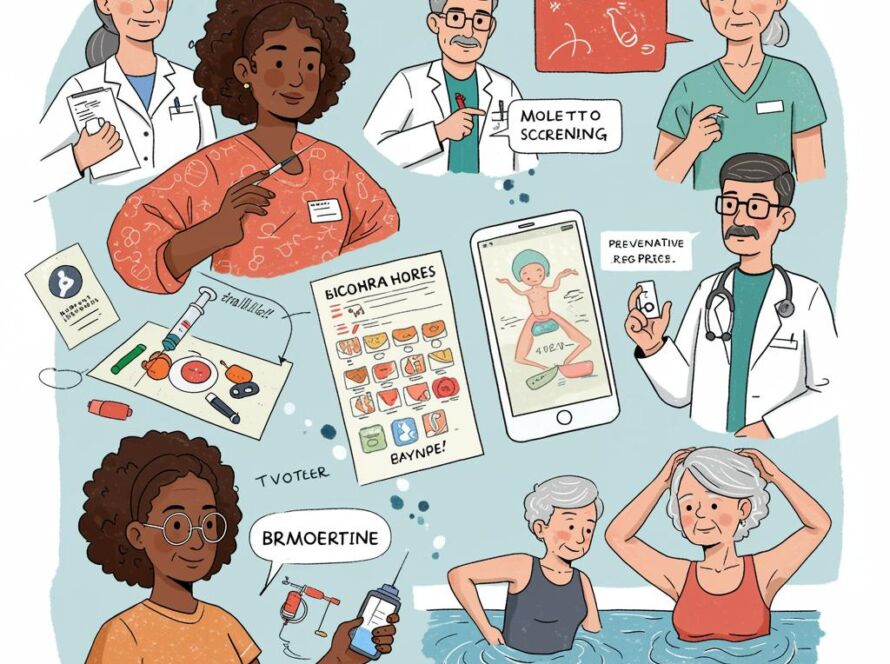Pandemic Prep: Your Essential Readiness Plan
Pandemic Preparedness Plan: A Guide to Navigating Future Outbreaks
The COVID-19 pandemic highlighted the critical need for individuals, families, and communities to be prepared for future outbreaks. While we hope for the best, preparing for the worst can significantly reduce anxiety and improve outcomes during a public health crisis. This comprehensive guide outlines the essential steps to create a robust pandemic preparedness plan.
Building Your Personal Pandemic Toolkit
Essential Supplies
Stocking up on essential supplies is the first step. This isn’t about hoarding, but ensuring you have enough to comfortably shelter in place for an extended period. Consider the following:
- Food: Non-perishable items like canned goods, dried fruits, nuts, and grains. Aim for a two-week supply per person.
- Water: One gallon per person per day for drinking and sanitation. Consider water purification tablets or a filter.
- Medications: A 90-day supply of prescription medications, over-the-counter pain relievers, fever reducers, cough suppressants, and anti-diarrheal medication.
- First Aid Kit: A well-stocked kit with bandages, antiseptic wipes, gauze, thermometer, and other essentials.
- Hygiene Products: Soap, hand sanitizer, toilet paper, feminine hygiene products, diapers (if applicable).
- Personal Protective Equipment (PPE): Masks (N95 or equivalent), gloves, and eye protection.
Financial Preparedness
Financial instability can exacerbate the challenges of a pandemic. Take these steps to prepare:
- Build an emergency fund: Aim for 3-6 months of living expenses.
- Reduce debt: Prioritize paying down high-interest debt.
- Explore alternative income streams: Consider developing skills that can generate income remotely.
Communication and Community Support
Staying Informed
Reliable information is crucial during a pandemic. Identify trusted sources of information:
- World Health Organization (WHO)
- Centers for Disease Control and Prevention (CDC)
- Local Public Health Department
Avoid misinformation and rely on evidence-based guidance from reputable organizations.
Connecting with Your Community
Building strong community connections can provide essential support during a crisis. Identify local support groups, neighborhood associations, or faith-based organizations. Establish communication channels with neighbors to check in on vulnerable individuals.
Mental and Physical Well-being
Pandemics can take a toll on mental and physical health. Implement strategies to maintain well-being:
Mental Health
- Practice stress management techniques: Meditation, deep breathing, yoga.
- Maintain social connections: Utilize technology to stay in touch with loved ones.
- Seek professional support if needed: Don’t hesitate to reach out to a therapist or counselor.
Physical Health
- Maintain a healthy diet: Focus on nutritious foods to boost your immune system.
- Exercise regularly: Physical activity can improve mood and overall health.
- Get enough sleep: Aim for 7-8 hours of quality sleep per night.
Adapting Your Plan
Pandemics are dynamic situations. Your preparedness plan should be adaptable and regularly reviewed. Stay informed about the specific recommendations for each outbreak, as guidelines for different pathogens may vary. Be prepared to adjust your plan based on the evolving situation.
Conclusion
While the future remains uncertain, proactive planning can empower you to navigate future pandemics with greater resilience. By focusing on preparedness in terms of supplies, finances, communication, community support, and personal well-being, you can significantly mitigate the impact of future outbreaks and protect yourself and your loved ones.



